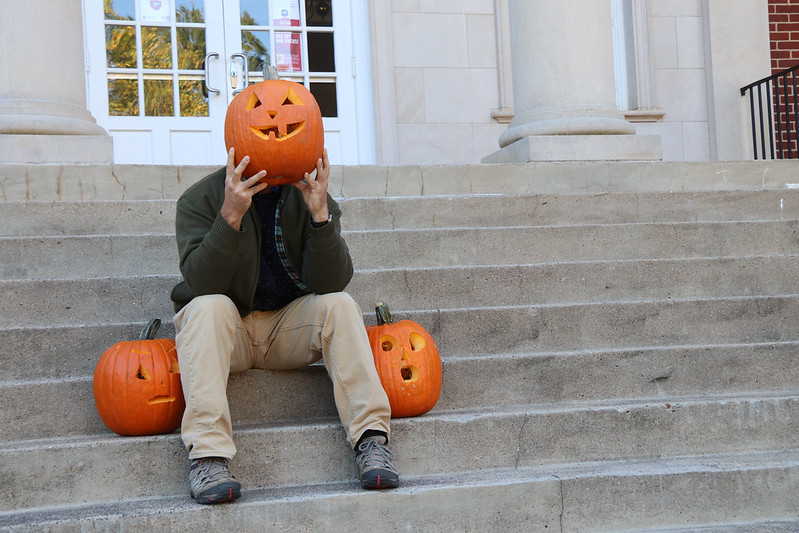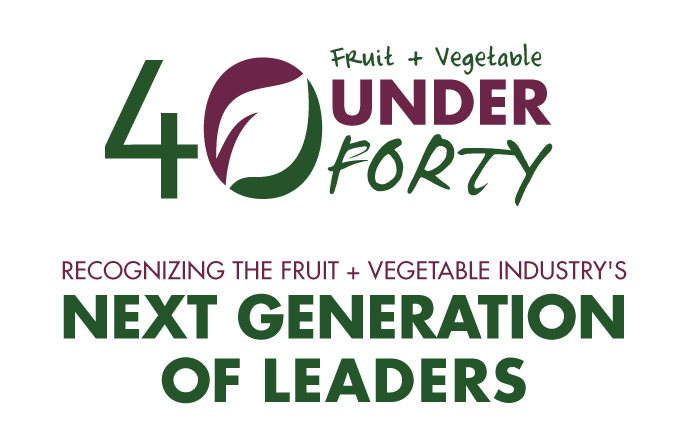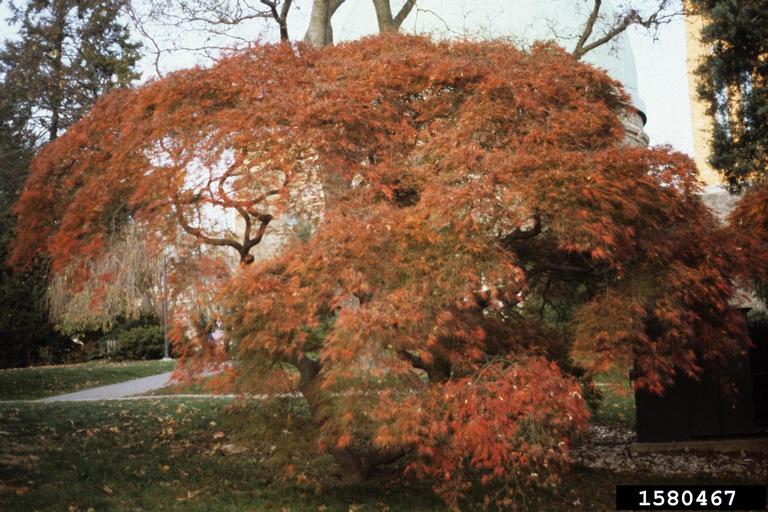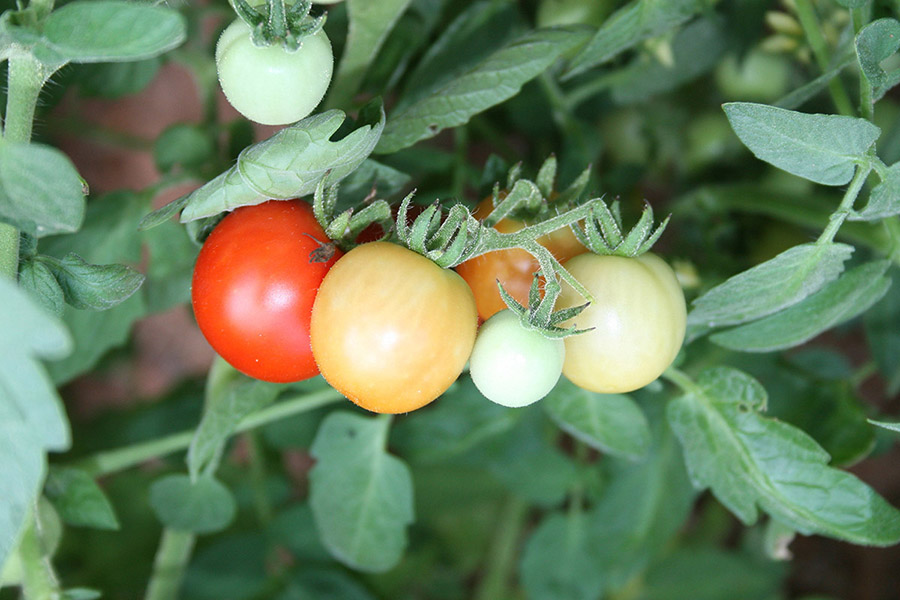 CAES News
CAES News
Fruit or Veggie
From an early age, we’re told by our parents to make sure we eat our vegetables. The U.S. Department of Agriculture recommends that people eat five to nine servings of fruits and vegetables per day. However, there’s long been confusion around what is a vegetable versus a fruit. So, when is a vegetable actually a fruit — or a root or a shoot?

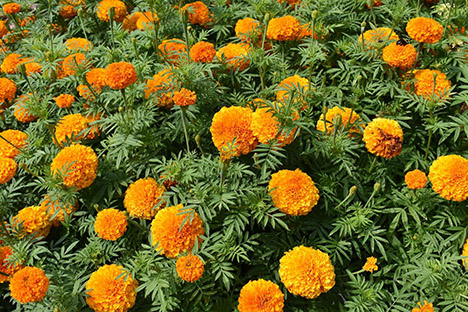
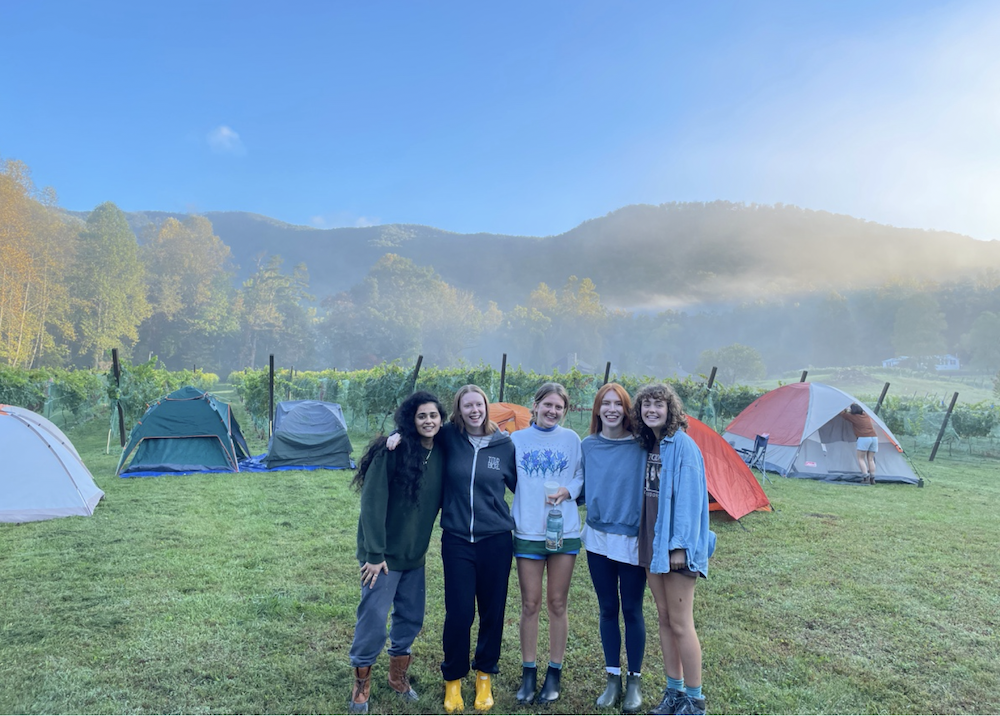
.png)
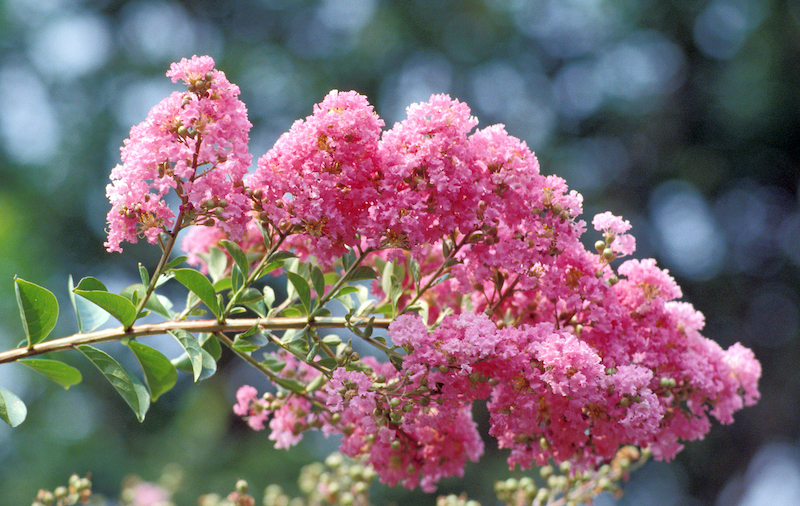
.png)
.png)
